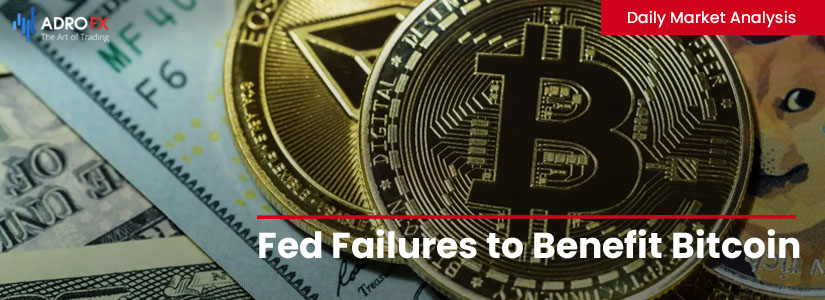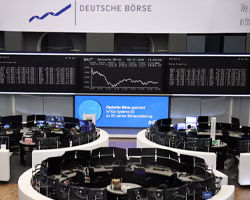Fed Failures to Benefit Bitcoin | Daily Market Analysis

Key events:
- Eurozone - Deposit Facility Rate (Oct)
- Eurozone - ECB Marginal Lending Facility
- Eurozone - ECB Monetary Policy Statement
- Eurozone - ECB Interest Rate Decision (Oct)
- USA - Core Durable Goods Orders (MoM) (Sep)
- USA - GDP (QoQ) (Q3)
- USA - Initial Jobless Claims
- Eurozone - ECB Press Conference
- Eurozone - ECB President Lagarde Speaks
Monetary policy misalignments are leading to increased uncertainty. U.S. Treasury Secretary Janet Yellen warns of risks to financial stability, while at the same time analysts at Bank of America call Bitcoin a potential escape from inflation.
The Fed is a leading force in the global financial market, with the U.S. dollar holding a 59% share of international reserves. The Fed's policy predetermines the actions of other financial regulators and sets the main currents for international capital.
During the 2008 global financial crisis (which began with the U.S. mortgage crisis) the Fed more than doubled its balance sheet to support the economy, buying assets and injecting funds into the economy. In the subsequent period of growth from 2010 to 2020, the regulator should have unloaded it, but did not.
With the pandemic coming in 2020, the Fed more than doubled its balance sheet again, and the dollar currency supply (M2) grew 35% in two and a half years.
The ensuing inflation was not only natural but inevitable in the face of excessive financial influence. To stop it, the Fed has used key rate hikes to make borrowing more expensive. As a result, the Fed itself has accumulated $5.3 billion in debt to the U.S. Treasury this year.

The U.S. has a national debt of $31 trillion, its servicing is also becoming more expensive. From October 2021 to May 2022 alone, interest payments rose 30% to $311 billion. And over the next 10 years, payments are projected to reach $8.1 trillion.
Some analysts rightly believe that the Fed will be forced to loosen its grip ahead of time and will give up further rate hikes as early as early next year. If inflation does not come to the target zone of 2.0-2.5% by that time (which is unlikely), times will be really tough for the regulator.
If the above scenario plays out, several analysts, including Bank of America, expect the dollar's role to weaken with increased interest in deflationary assets. In this regard, they note Bitcoin's growing correlation with gold: "Bitcoin is a supply-constrained asset that could eventually become a hedge against inflation."

The Fed is now trying to tame inflation by rapidly hiking its key rate. This has already increased the regulator's losses, which will need to be repaid in the future. Also, the growth of the rate leads to increased payments on the national debt, economic slowdown, reducing the competitiveness of U.S. goods in the international market, and a number of other negative factors. This could force the Fed to loosen its grip early, but then inflation would strengthen and Bitcoin would return to growth.








